Bat Removal Services
DNR Permit #RC577 | Insured | NWCOA Member | Over 25 Years of Experience
Emergency Service Available
NWCOA Member
Over 25 Years of Experience
Bat Eviction Solutions
With over 25 years of experience in bat work, Aaron's Nuisance Animal Control knows quite a lot about bats and their behavior. We offer detailed inspections for homes and businesses to determine where the bats are getting in. When we do an inspection for bats we give a proposal stating the work that needs to be done and includes the installation of eviction tubes that allow the bat out and not back in. We are also the ones doing the proposed work there's no third party.
Did You Get Bitten by a Bat?
Did a bat bite you? Don't panic. Try and do your best to get the bat using leather gloves and do not damage the head. Their brain is tested for rabies. After putting the bat in a can with a lid, take it to the county health department. Then take their direction as to what to do next.
Important Facts About Bat
- Bats can live up to 30 years and are home committed. They will spend the rest of their lives figuring out how to get back into where they were evicted.
- There are nine species of bats in Michigan, and over half of them are protected. The big brown and little brown bats are the most common bats we see. The easiest way to tell for the untrained eye is by seeing them up-close. All of the Michigan bats use echolocation to search for food and feed exclusively on insects.
Big Brown Bat (Eptesicus fuscus)
A colonial bat that prefers hot attics, shutters, bat houses and trees for roosting. The big brown bat is the most common bat to be found in Oakland County and surrounding areas. Colonies of females tend to form in the spring and summer and number 20-500 members. Males typically roost alone or together in groups numbering less than 4 or 5. During the night, they may roost on porches as they take a break from feeding. During the winter, months, this species is commonly found hibernating in walls and attics. They periodically awaken (every couple weeks), and can accidentally get into the living quarters.
During the summer, the Big Brown Bat usually emerges from its roost about 20 minutes after sunset to forage for insects. The big brown bat can be identified by a 13 inch wingspan and a reddish brown to dark brown coat. Additionally, they appear to be puffy around the nose when compared to the little brown bat.
Little Brown Bat (Myotis lucifugus)
A colonial bat that is found throughout Michigan, however is frequently observed in the more northern parts of the state. They are commonly observed to be using echolocation to capture insects that are flying over lakes and ponds. They can be identified by a 10 inch wingspan with a reddish brown to dark brown coat. Large colonies consisting of hundreds or even thousands of members commonly take up residence in hot attics or cabins.
Eastern Red Bat (Lasiurus borealis)
A solitary bat with a 12 inch wingspan. The coat is bright orange to yellowish brown. There is unusual white marking on the shoulders. The females raise between 1-4 young and spend most of their time in trees. Although this species is common in Michigan, it is not normally found in homes, due to its preference to roost in trees. On occasion, this bat may enter homes through open windows. However, since this bat species is solitary, it would not indicate that a colony is present.
The Hoary Bat (Lasiurus cinereus)
A solitary bat that can be quickly identified by dark hairs tipped with white. The wingspan is approximately 15 inches. The bat also has a yellow to orange throat. This bat spends most of its time in trees and is not commonly observed in Michigan homes.
Tri-Colored Bat (Perimyotis subflavus)
Formally known as the Eastern Pipistrelle (Pipistrellus subflavus), but reclassified in 2008. A colonial bat that is found in the upper peninsula. The wingspan is approximately 9 inches. The bat is one of the smallest species found in the United States. On occasion this bat is mistaken for a large moth. It is rare for this species to colonize in buildings.
Silvered Haired Bat (Lasionycteris noctivagans)
A solitary bat sporting a black coat tipped with silver. The wingspan stretches 11 inches. They typically roost behind loose tree bark, but may roost on tall buildings or churches. This bat is uncommon in Michigan.
Indiana Bat (Myotis solidalis)
This species of bats numbers less than 300,000 in the world and is an endangered species. The Indiana bat can be identified by its dull brown to grey fur with a pinkish tale membrane. They are similar looking to the big brown bat, however their fur extends beyond their toe nails. They tend to roost in dead or hollow trees in the summer, and form large winter colonies in limestone caves.
Protected
Evening Bat (Nycticeius humeralis)
A colonial bat with a 10 inch wingspan. It can be confused with the big brown or the little brown bat, however the evening bat can be identified by its blunt tragus at the base of the ear. This bat's upper range includes the very southern parts of Michigan. This is a threatened species. Northern Long-eared Bat (Myotis septentrionalis)
Northern Long-eared Bat females
form small colonies, while the males roost alone during the summer. This bat sports a pale to dark brown coat and and have a 10 inch wingspan. The Long-eared bat typically flies in forested areas and will capture insects in flight or on the ground. They prefer to roost in hollow trees or under bark, and are rarely found under shutters.
Protected species
Even though bats don't always show symptoms, they are the largest carrier of rabies. Since it is illegal to kill bats in Michigan, here are some suggested steps if you get one in your home and want it out faster than a wildlife control company can get to you:
- Open a window or a door in the room and wait 30 minutes to get out on its own. Do not scream and relax, or it will take longer.
- If you are trying to catch it, wearing leather gloves is a must. Once you grab the bat, take it outside and let it go.
- It's okay if you are unable to remove it yourself. Give us a
call and we'll be there, even if it's in the middle of the night.
"Excellent. Highly recommend. I’ve used various services and never been met with better professionalism and results. Every step of the way they had no hesitation on how to solve our situation. We received very personalized treatment and were impressed with their responsiveness. Also, very affordable. I’ve been with other companies who often make you feel like you’re being taken advantage of. On many occasions, I had to say “oh wow, really? I’ve been charged so much more before for so much less”. Recommend 5 stars all the way."
-Joe Day
Bat Removal Services
(517) 589-0050
HOURS
HOURS
SERVICE AREA
CONTACT US
The best way to reach us is to call us directly.

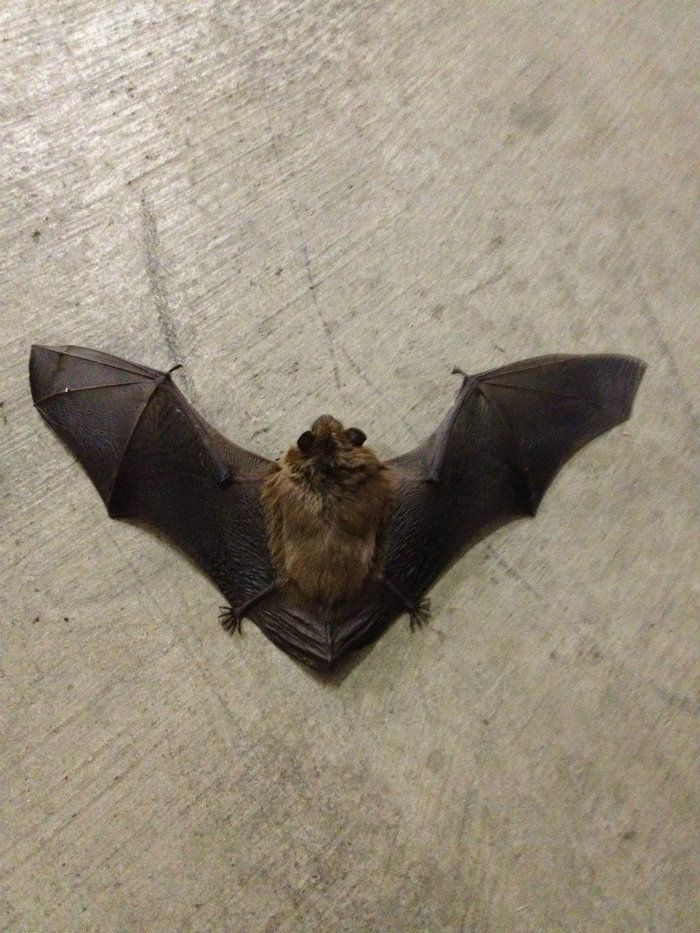
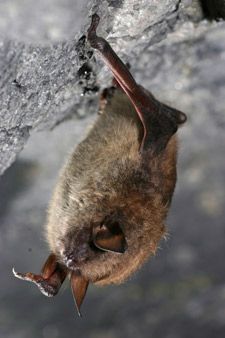
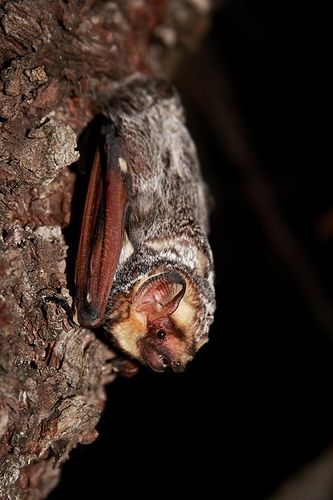
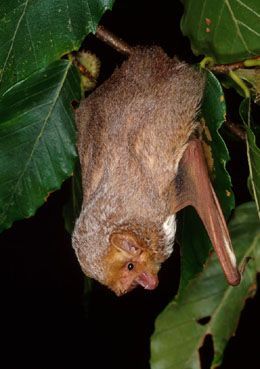
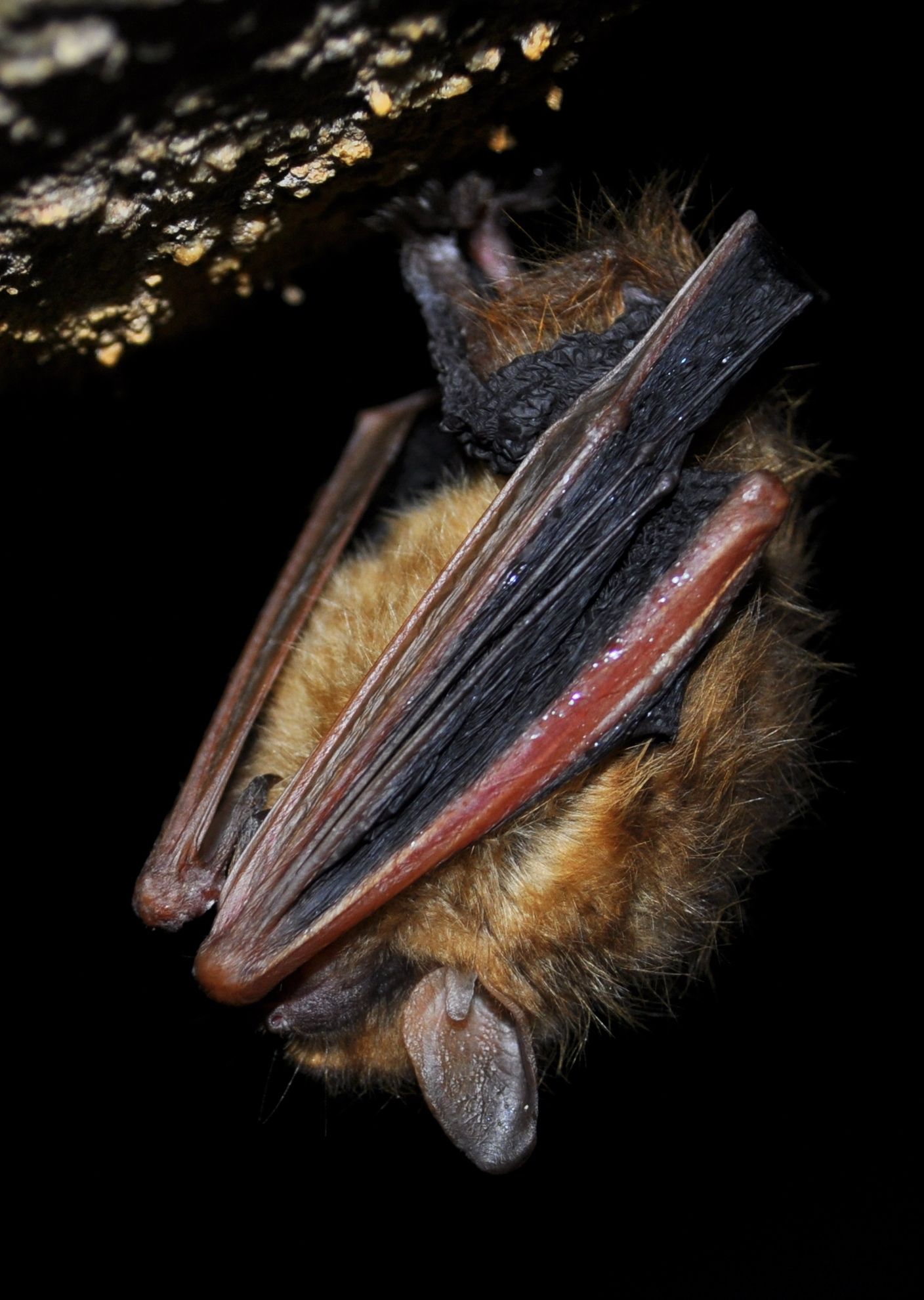
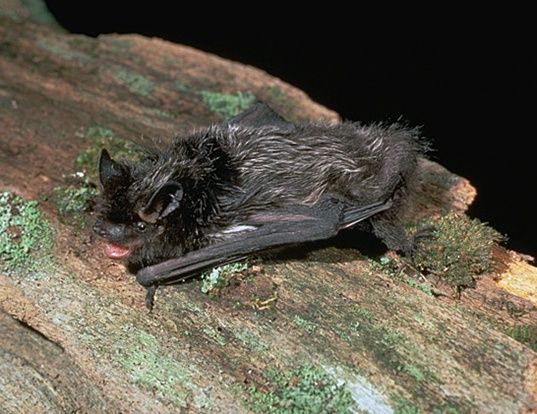
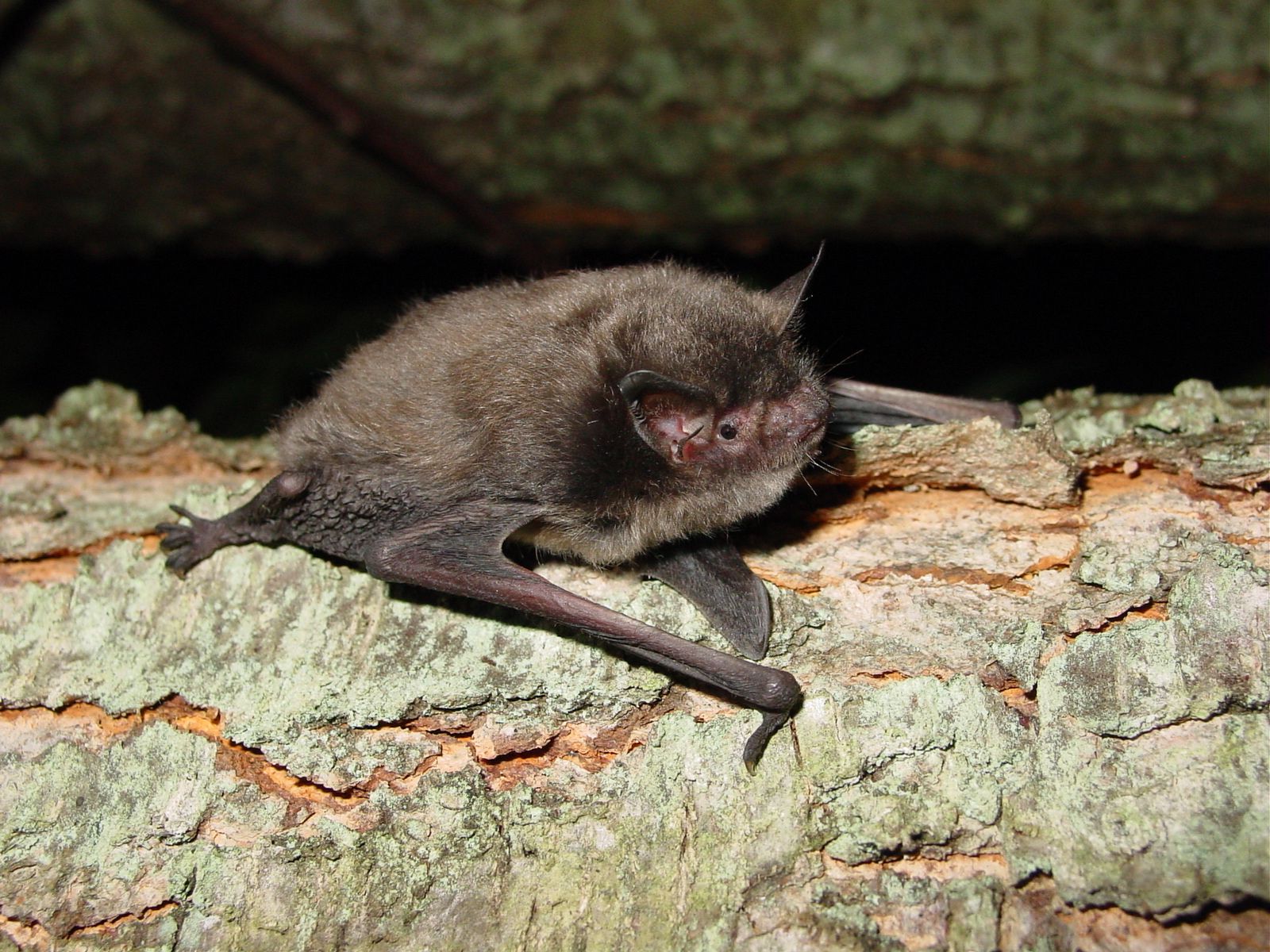
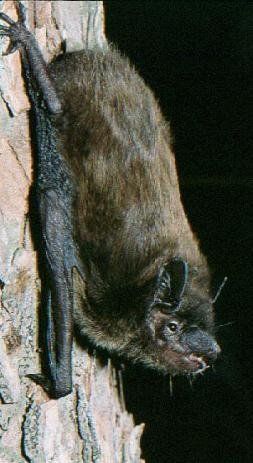
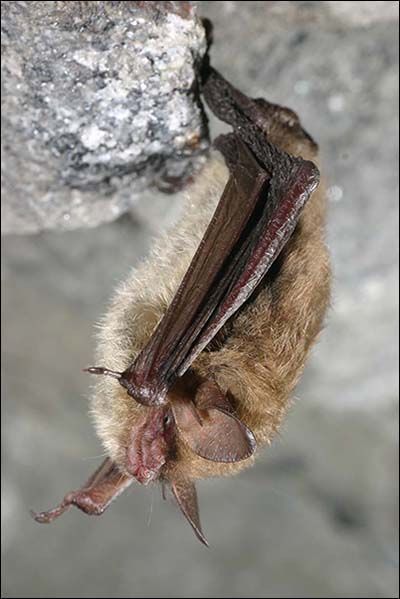

Share On: